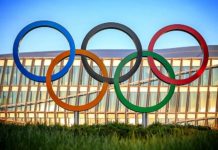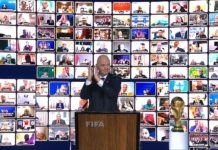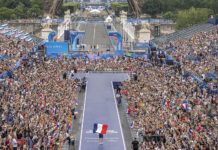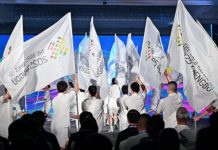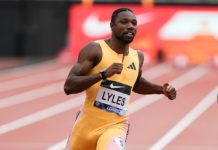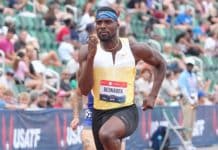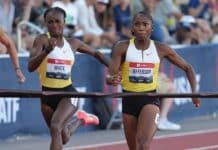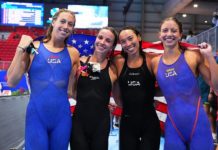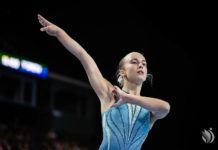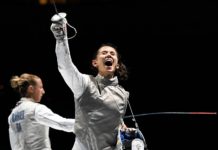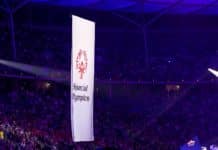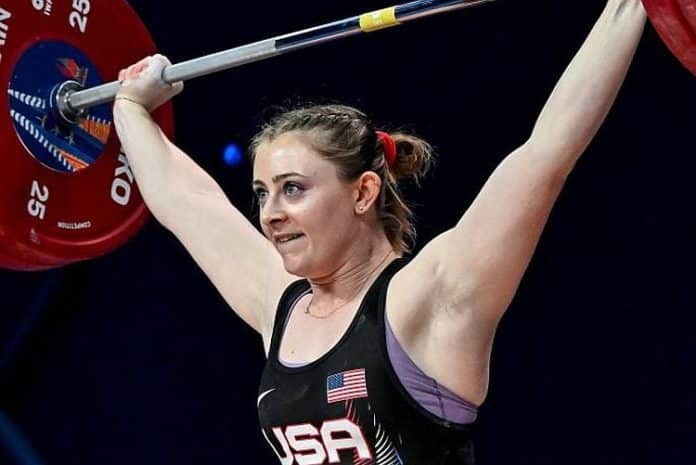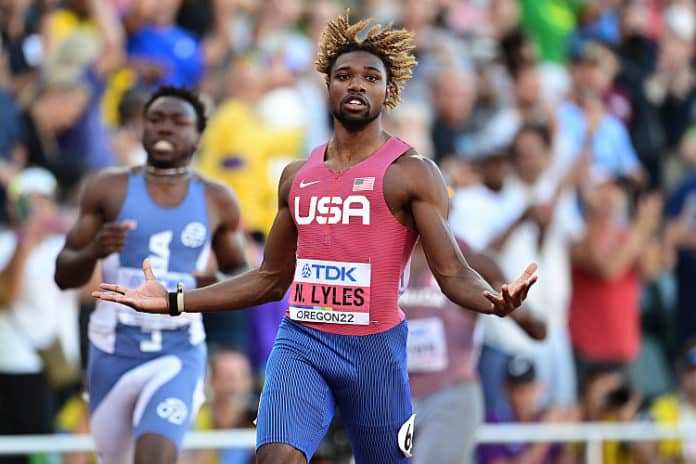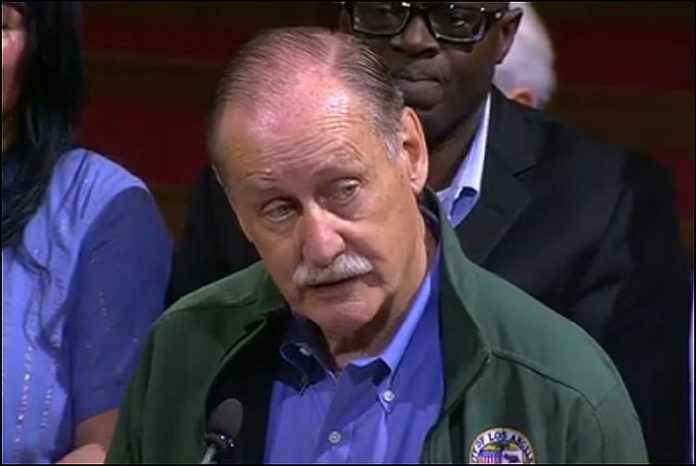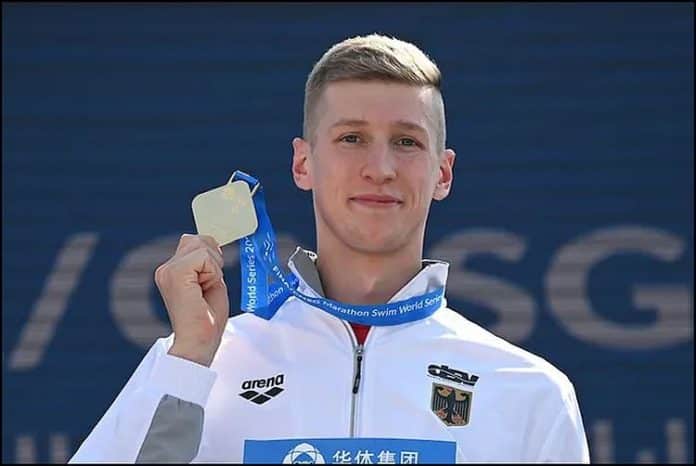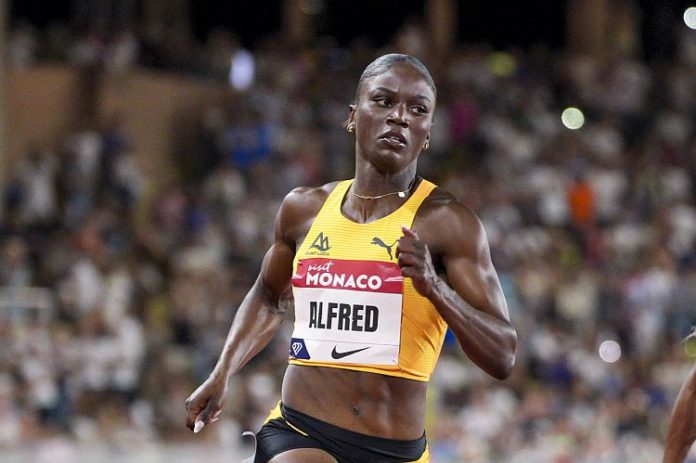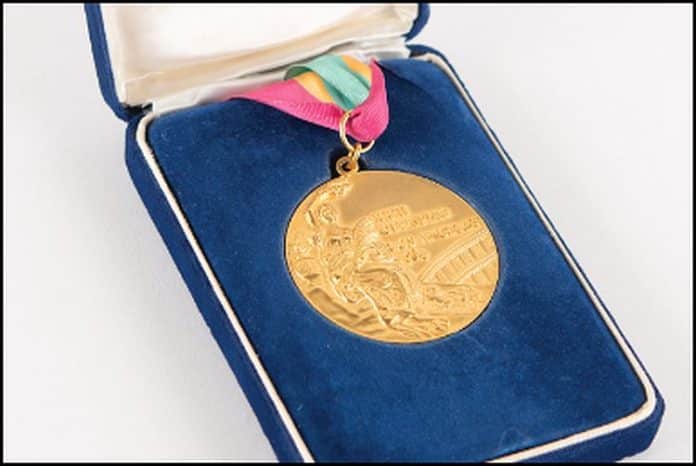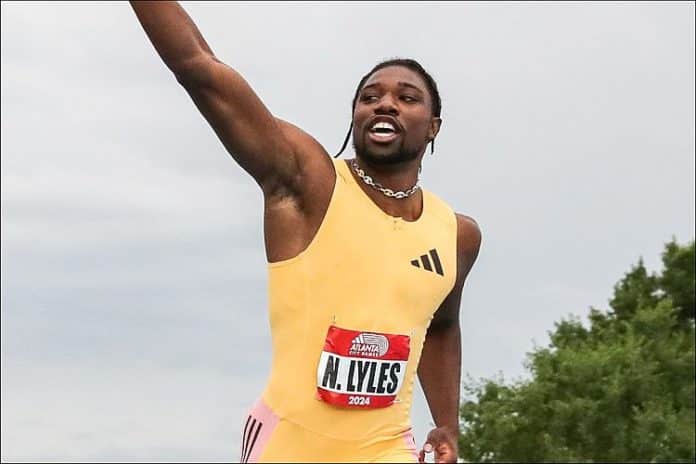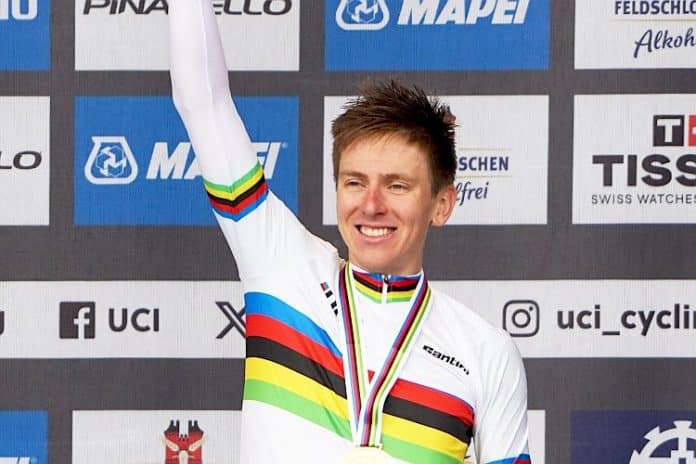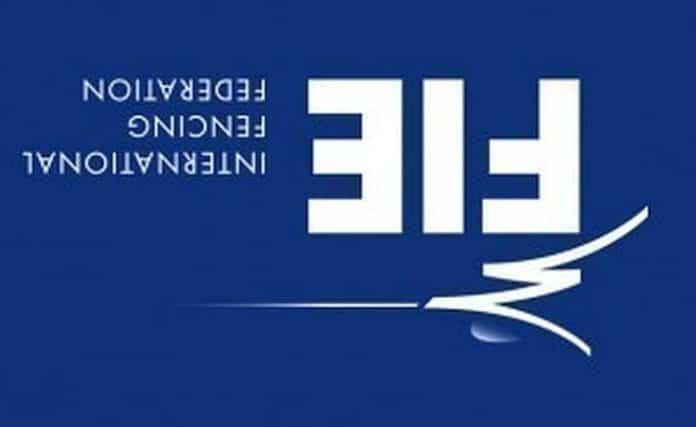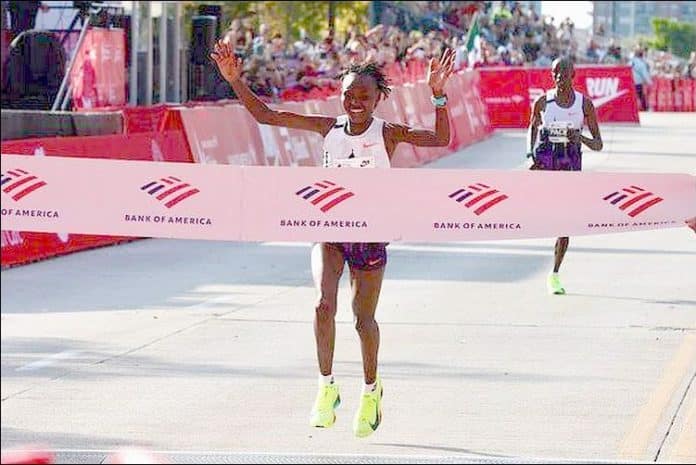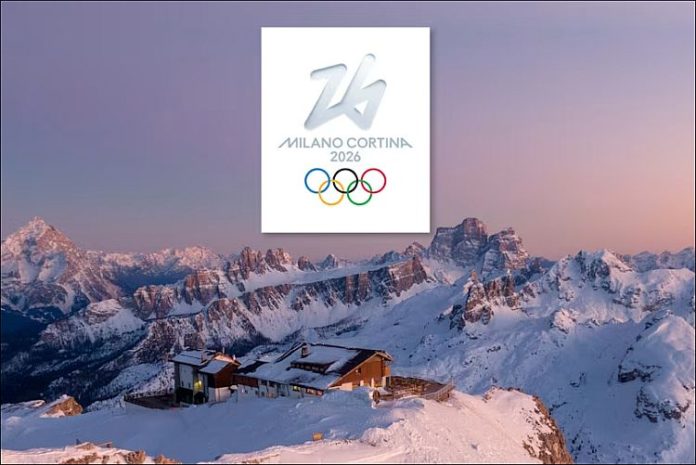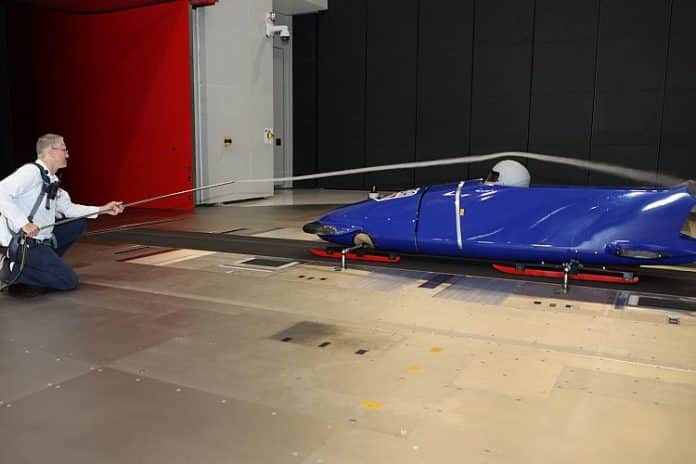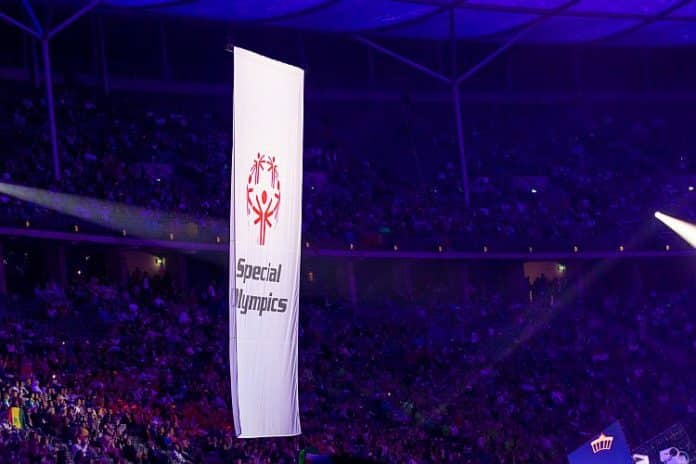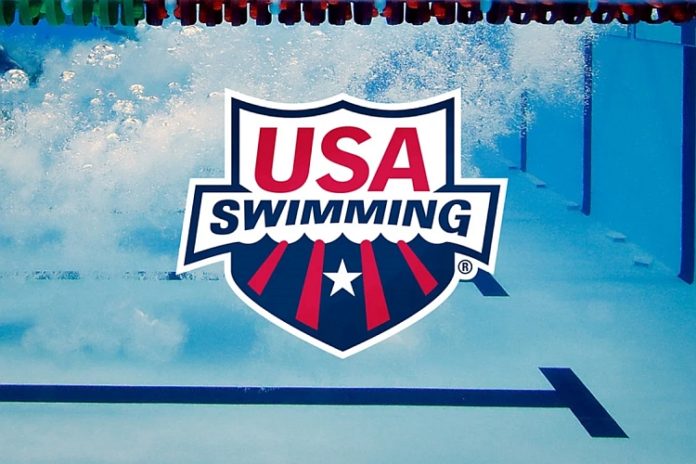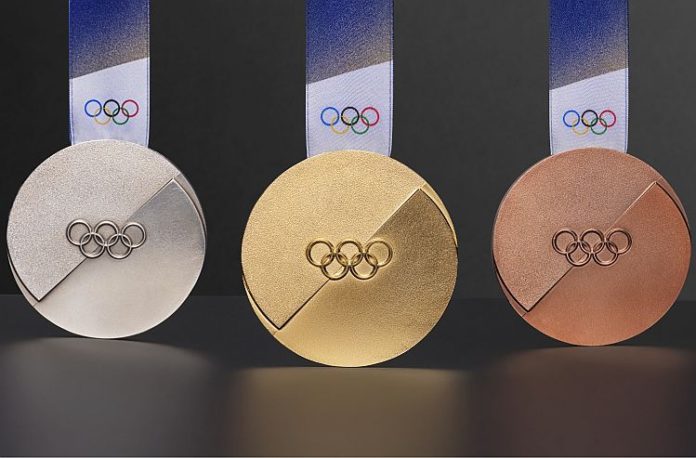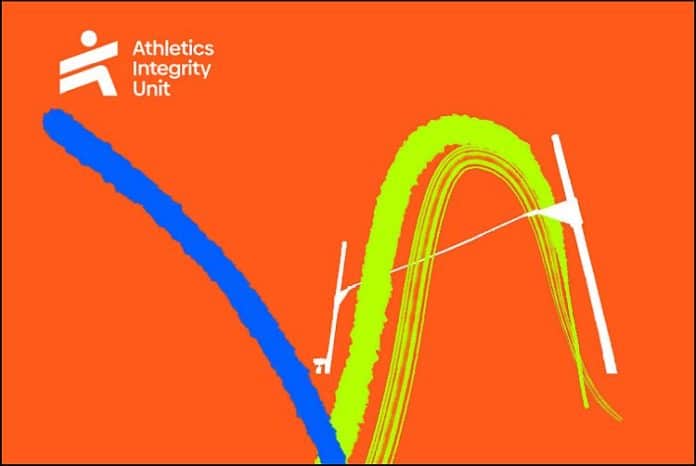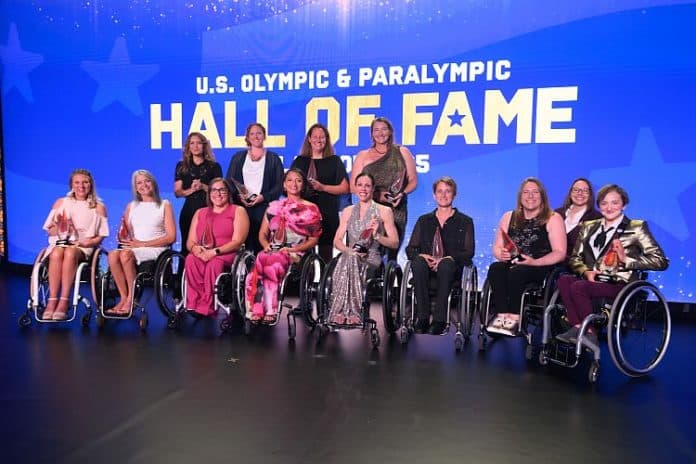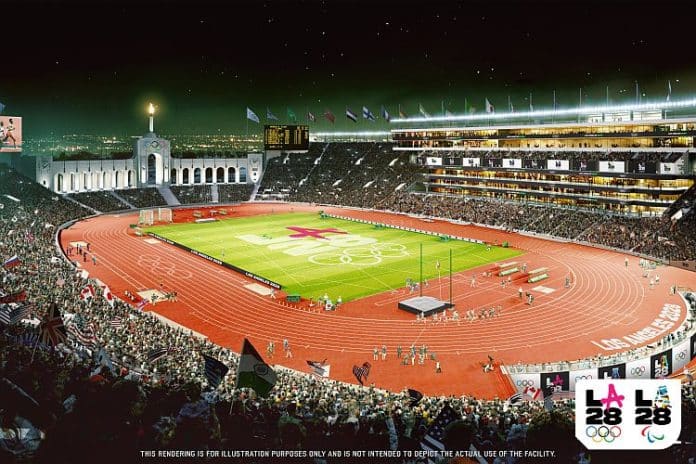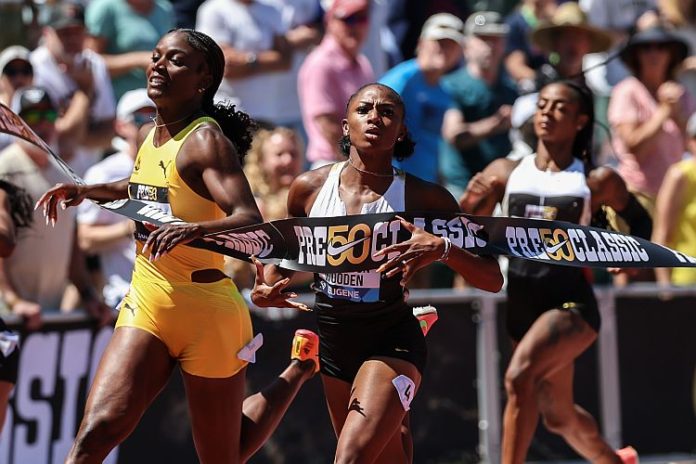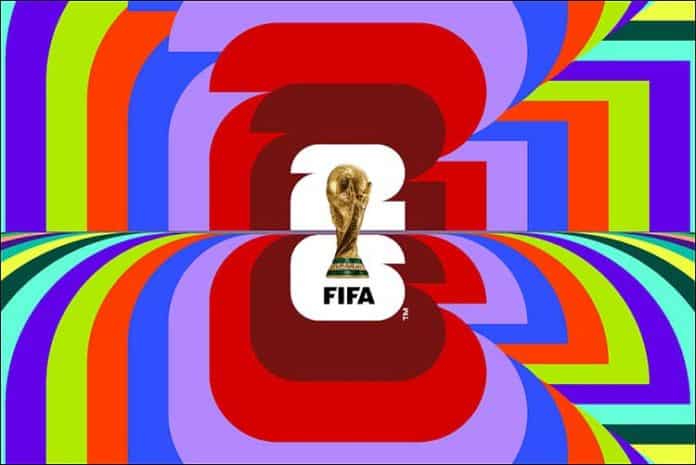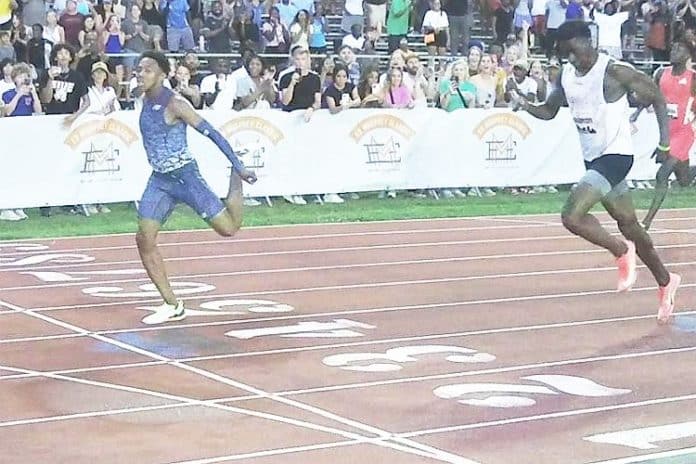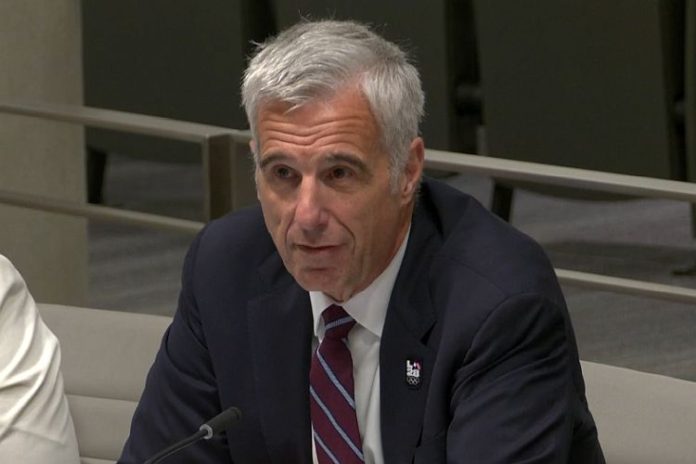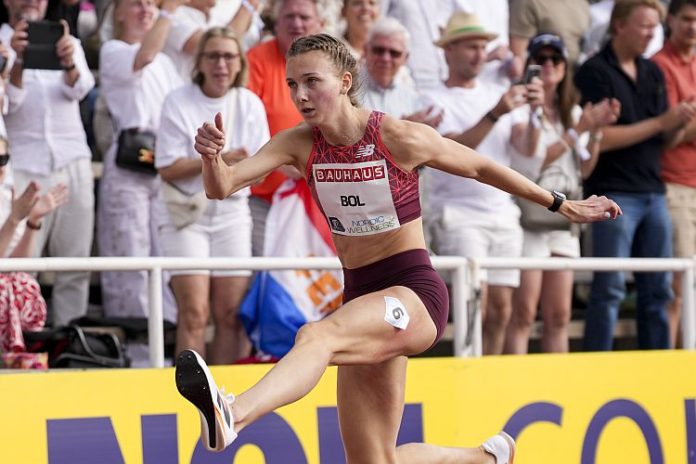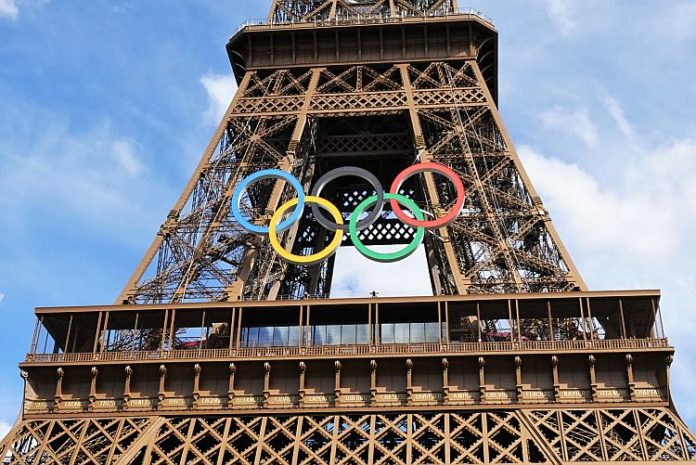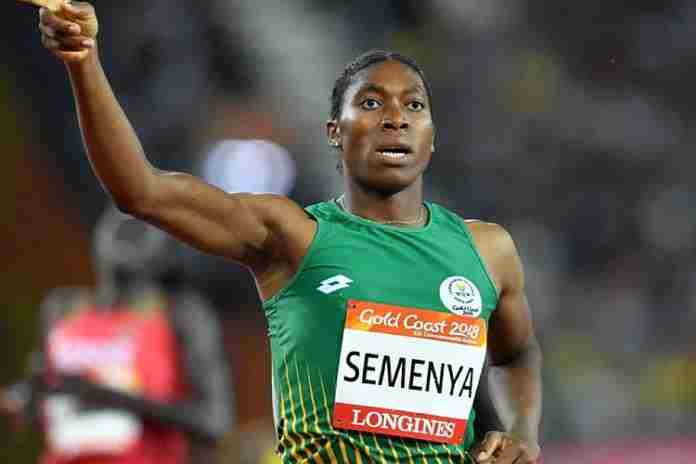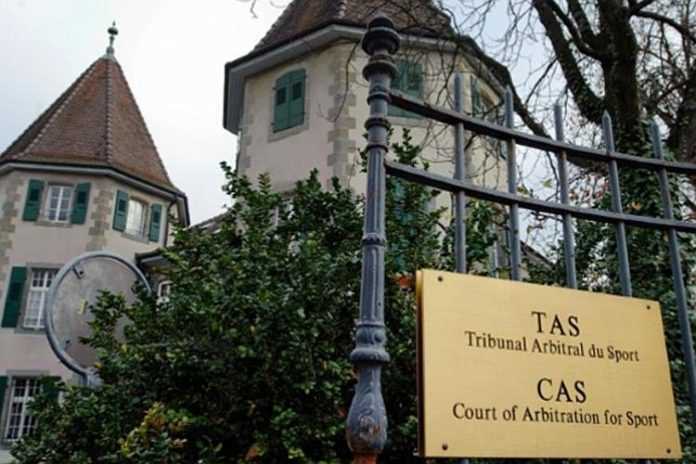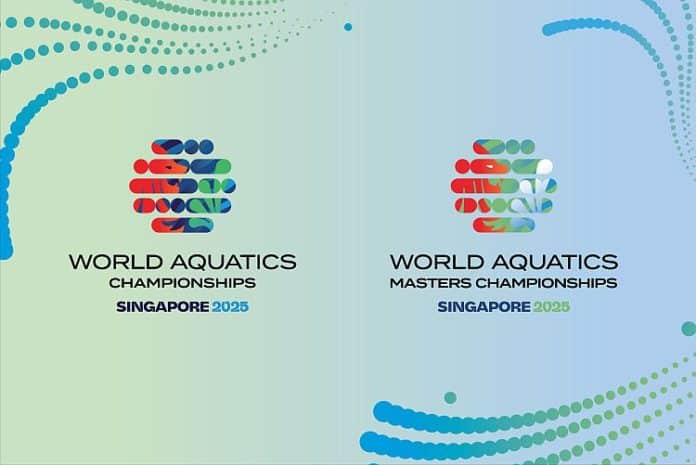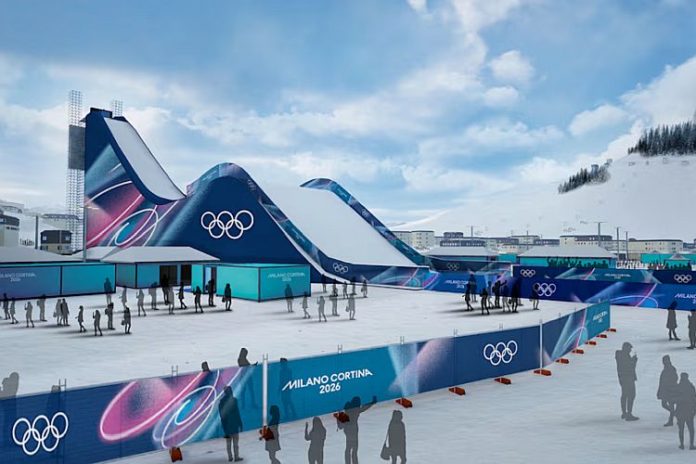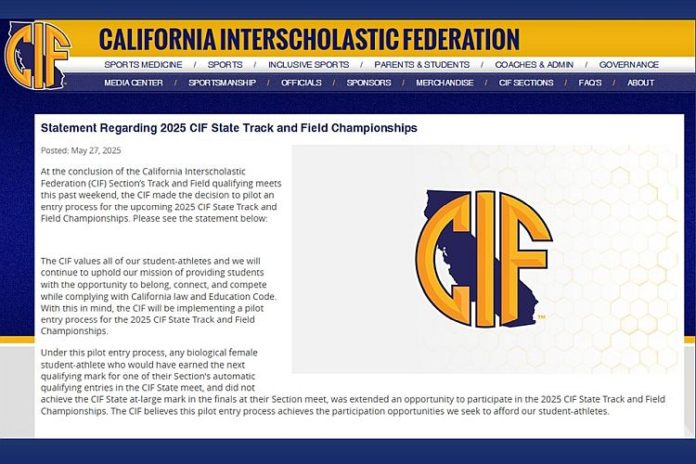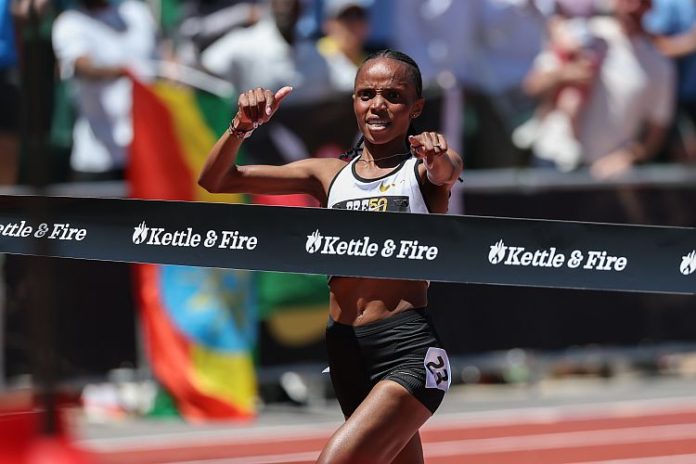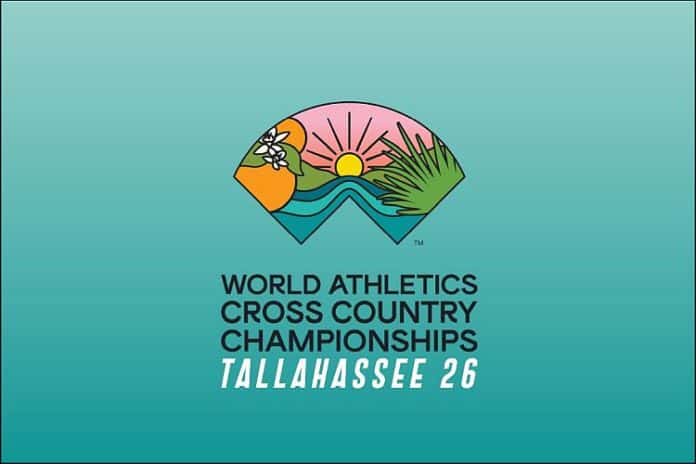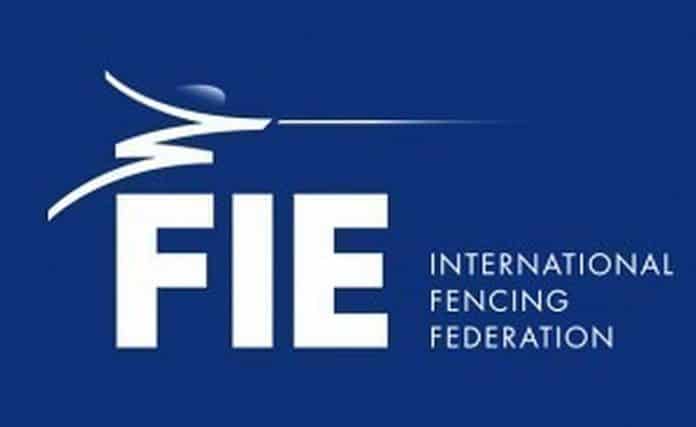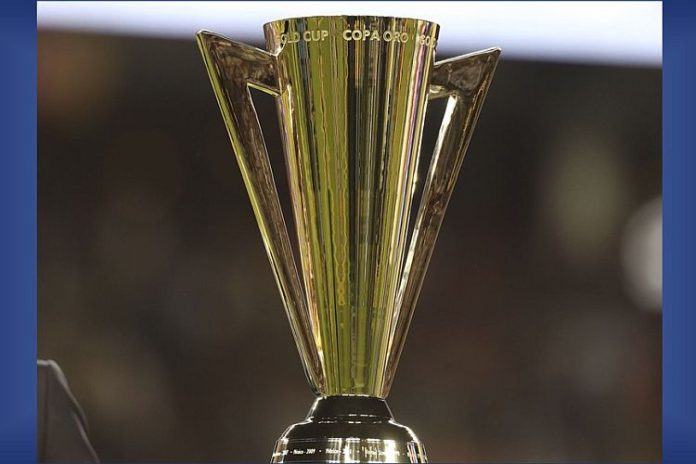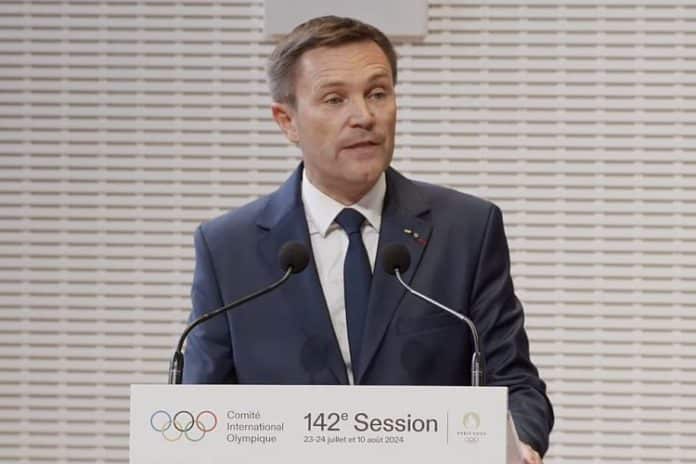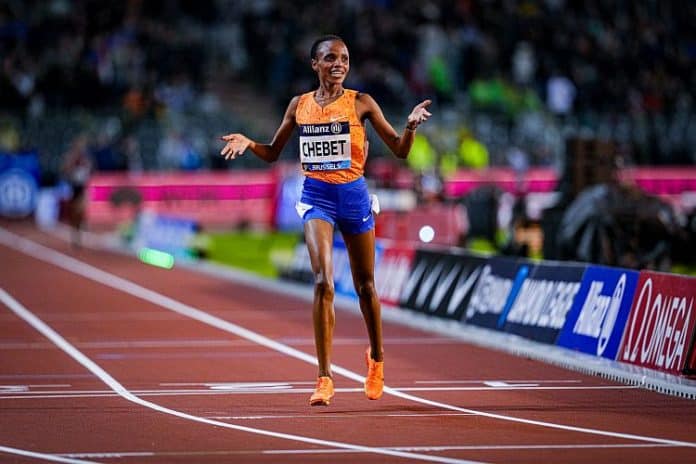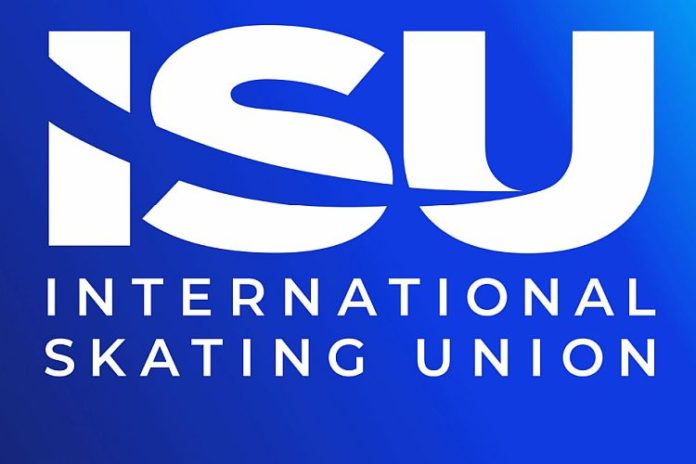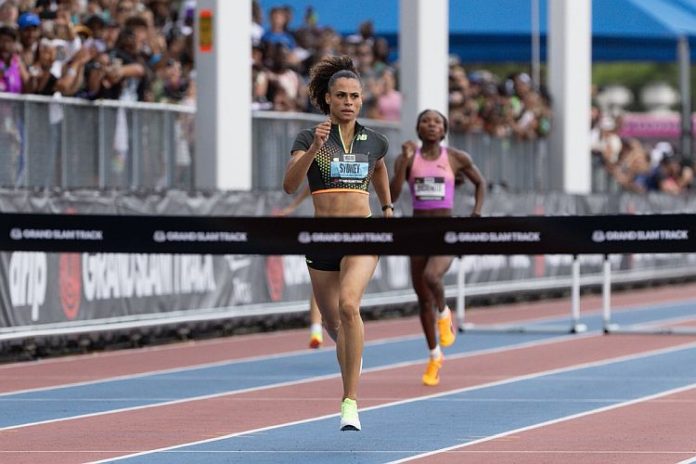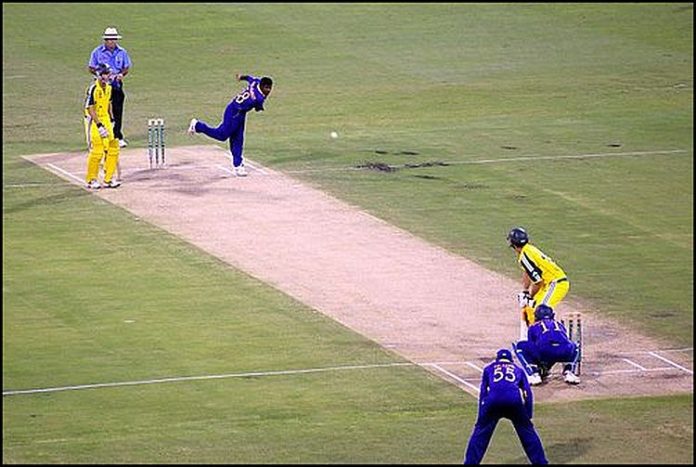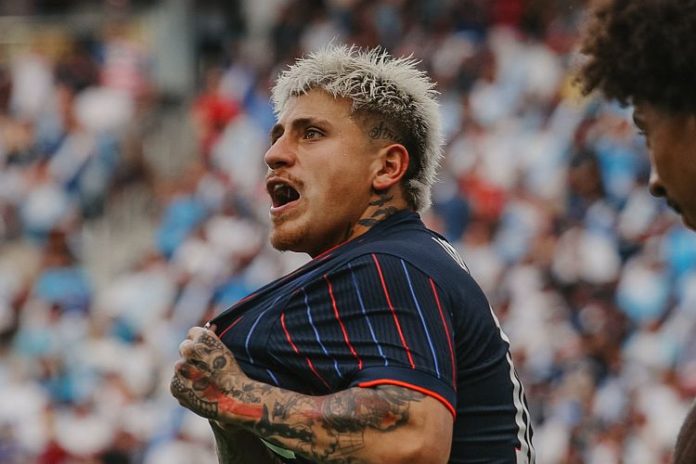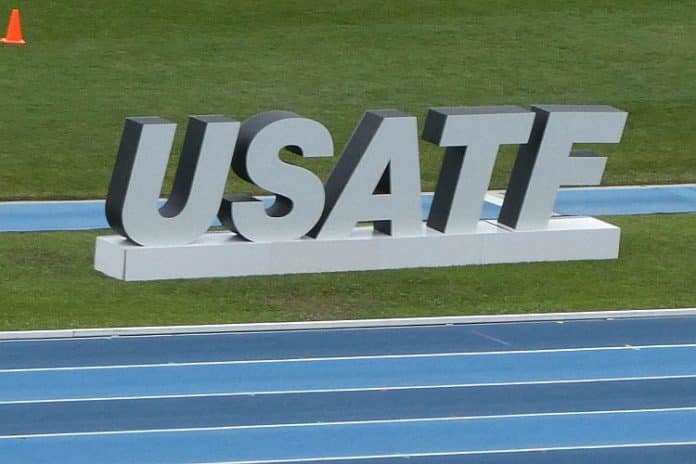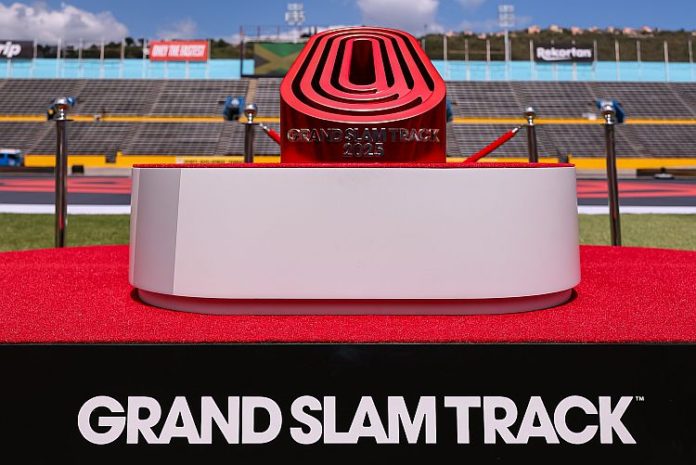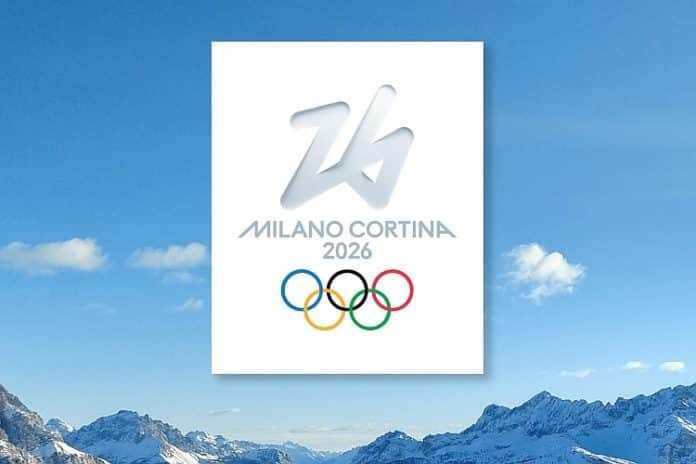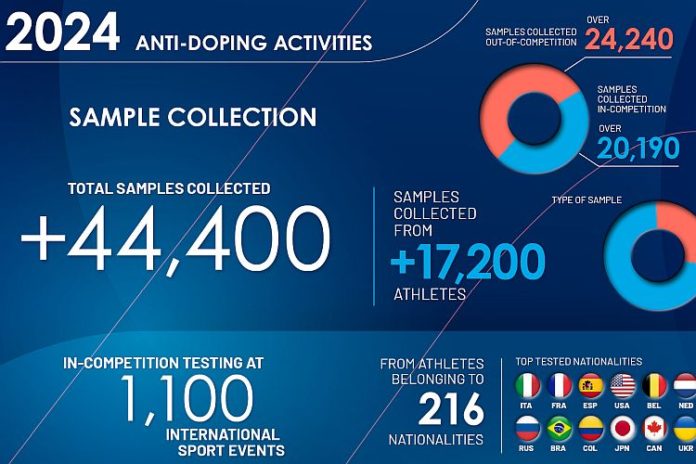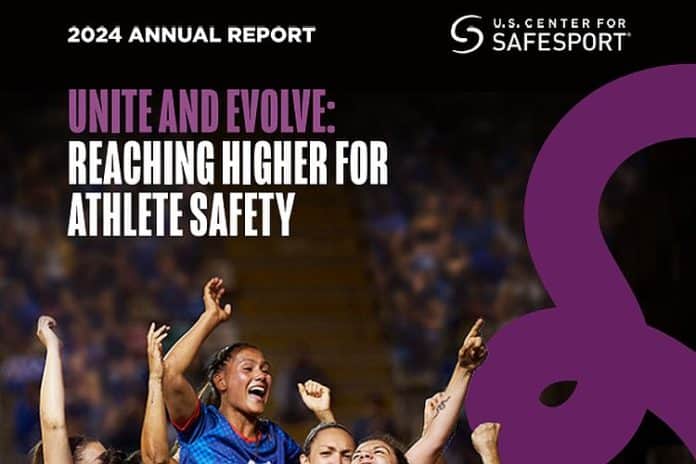★ The Sports Examiner: Chronicling the key competitive, economic and political forces shaping elite sport and the Olympic Movement.★
★ To get the daily Sports Examiner Recap by e-mail: sign up here! ★
≡ THE 5-RING CIRCUS ≡
● Olympic Games 2028: Los Angeles ● Raffi Hamparian, the Deputy Executive Officer for Government Relations for the Los Angeles Metropolitan Transportation Authority confirmed the continued bleak outlook for Federal funding for Metro efforts for the 2026 FIFA World Cup and the 2028 Olympic and Paralympic Games at Metro’s Executive Management Committee meeting on 17 July:
“We continue to be engaged with the Federal government, executive branch and legislative branch. Thus far, the news has not been fantastic with respect to the Olympics. We have petitioned the Federal government for inclusion in the [Fiscal Year] 2026 budget. We came up short.
“We’ve asked for this funding to be included in the spending [authorization] bill that I just talked about. No spending for the World Cup in that bill. No spending for the Olympics.
“At some point, our Federal partners have to saddle up with us and figure out how we’re going to do this. But to date, it’s a work in progress.”
L.A. Metro has asked for $3.2 billion in Federal funding for 2028, but no appropriations were made for 2028 Games support by either the Biden or Trump Administrations.
● Olympic Winter Games 2026: Milan Cortina ● Plenty of optimism for the success of the 2026 Winter Games from International Olympic Committee Olympic Games Executive Director Christophe Dubi (SUI) and 2026 organizing committee head Andrea Varnier in separate interviews with NBC Sports:
● Dubi: “I’ve got excitement more than concerns. You loved Paris (2024). You will adore Milano-Cortina, I think we start from a very strong Paris Games, and the expectations are immense, by the way. Let’s be very clear, the Games back in the traditional Alpine setting with the Alps and the Dolomites, there are a lot of expectations. I’m just back from Italy. What I really like at this stage is that from all political sides and at all authority levels, but also in the general public, you have a real sense of excitement.
“That sense that Italy is ready to party, and not only Milano and the regions, but more like what happened in France, where the Games will be the Games for the whole territory. You can feel that.”
● Varnier: “We’re entering a very interesting phase. After a lot of planning, we’re actually starting to build things – overlay and temporary stuff. This is a very good feeling that you start entering the venues – that was mostly on paper until a few days ago. Of course, when you start the operations, many challenges come about.
“There are a couple of sport infrastructures that are still under construction. Mainly the main hockey arena [in Milan] and the sliding center [in Cortina]. The sliding track is fully ready now. They’re working on the surrounding areas. So we’re monitoring this closely, because before the Games, we still have to perform some test events in these two venues.”
On the construction of the new bob-luge-skeleton track in Cortina, Dubi noted, “What they’ve done in terms of construction time to get to the pre-homologation [test runs in March], it was something we had never seen, so we were doubtful.
“They managed – by a very smart construction and very thoughtful engineering processes – to get to the point where they could have ice on this track, and they tested and validated the fact that it’s a safe track.”
Varnier previewed what promises to be a unique opening to the Winter Games, “So we are developing a potential plan to have some cluster activators. It will be Livigno, Predazzo, and, obviously, Cortina.
“So in the end, we try to have the athletes staying in these clusters do an actual parade in a venue, potentially with people watching, and then it will be the magic of broadcasters to make sure it will look like a single parade. So the athletes will be all participating. In this model, there will also be some segments that will be performed in the different venues, so that makes it like a community regardless of the distances.”
● U.S. Olympic & Paralympic Committee ● The Associated Press reported that the USOPC is lobbying Congress to ensure that Olympic-sport – that is, non-football and basketball – funding at NCAA schools be maintained at the same percentage of the total budget in the future as it is now.
H.R. 4312, the “Student Compensation and Opportunity through Rights and Endorsements Act” or “SCORE Act,” is moving through the U.S. House of Representatives Energy and Commerce Committee and as currently written, requires universities to support a minimum of 16 varsity sports teams, equal to the current NCAA Division I rule.
But nearly all of the larger schools in the “Power 4 conferences” sponsor more than that and USOPC chief executive Sarah Hirshland asks:
“You look and you say, ‘Is that effectively going to thwart the issue of allocating too many resources to football and not enough to other things?’ And my assessment is, no, it’s not going to do that.
“The bill, as it’s written, would make it too easy for a school to starve 15 programs and invest in one. It’s important schools have the latitude to make decisions that are most effective for the school, but while also creating an environment that says ‘You don’t just need to be a football school.’ …
“We don’t want schools to starve Olympic sports by cutting them or starving them. We want them to continue to provide investment in the growth of these sports.”
● Aquatics ● At the World Aquatics Championships in Singapore, Vaso Plevritou scored four goals and Greece stretched a 6-5 halftime lead into a 14-10 win over the U.S. in the women’s water polo semifinals on Monday.
Ryann Neushul, Jewel Roemer, Emma Lineback and Emily Ausmus each had two goals for the U.S., but it was not enough and they will play for the bronze medal on Wednesday. In the second semi, 2024 Worlds silver winners Hungary upset Olympic champion Spain, 15-9, taking an 11-4 first-half lead.
In Artistic Swimming, Russian “neutral” Aleksandr Maltsev finished a sweep of the men’s Solo events, taking the Solo Free at 229.5613 points, ahead of China’s Muye Gao (220.1926). Austrian sisters Anna-Maria and Eirini-Marina Alexandri won the women’s Duet Technical at 307.1451, ahead of sisters Yanhan and Yanjun Lin (CHN: 301.4057) and Russian “neutrals” Mayya Doroshko and Tatiana Gayday (300.2183).
This was the first time that a Russian pair had not won the Duet Technical or Duet Combined – in World Championships they were allowed to compete in – since 2001; Russian entries won in 2003-05-07-09-11-13-15-17-19, but were banned in 2022-23-24.
● Archery ● World Archery announced that the first leg of the archery World Cup in 2026 will be held in Puebla (MEX), instead of the 2025 location of Haines City, Florida (8-13 April). The World Archery statement included:
“Placing a major international tournament in the USA was seen as vital to World Archery’s ultimately successful campaign to add compound to the programme of the next Olympics.
“Given a lack of applications from US organisations in the last bidding cycle, an external event company with a viable location in the country was selected to organise the opening World Cup stage for 2025-2027.
“The inaugural edition of this event did not meet the expectations of teams or athletes, struggled with rising costs, and was unable to secure significant domestic buy-in outside of strong support from Visit Florida, the regional tourist office.
“Following stakeholder feedback, and in order to protect the quality and integrity of the Hyundai Archery World Cup, an agreement has been made between the event rights holder and World Archery Mexico to move next year’s tournament to Puebla.”
● Athletics ● Sad news of the passing of legendary distance coach Joe Vigil, 95, on 19 July. He was first noticed for his exceptional work at Alamosa (Co.) High School and then went on to Adams State University in Alamosa from 1965 to 1993. His teams won 19 NAIA and NCAA national championships, produced 425 All-Americans and 87 individual national title winners.
He helped to create the USATF Coaches Education Program, and served on U.S. national team coaching staffs for the 1988 and 2008 Olympic Games, as U.S. men’s coach for the 1984 World Cross Country Championships, 1991 Pan American Games, as head men’s manager at the 1983 Pan American Games and many others.
Following his Adams State career, he coached individual athletes to great success, including 2004 Olympic women’s marathon bronze medalist Deena Kastor. Vigil, among many service posts, was a member of the USATF Board of Directors from 1984-88.
¶
The Athletics Integrity Unit announced more Kenyan doping suspensions, including a provisional suspension of Charles Kipkkurui Langat – already suspended to 10 September 2026 – for testosterone. He’s a 58:53 half marathoner from January 2023.
Ronald Kurgat, 39, a 2:12:55 marathoner, was banned for six years “from 20 February 2025 for Presence/Use of a Prohibited Substance (Triamcinolone acetonide)” from a positive test on 27 October 2024 and a second on 15 December 2024.
● Weightlifting ● The International Weightlifting Federation confirmed that Olympic women’s 71 kg champion Olivia Reeves of the U.S. set world records in all three categories of the new, 69 kg weight class at the Pan American Championships in Cali (COL).
Reeves made all six of her lifts, creating new world marks of 119 kg in Snatch, 149 kg in Clean & Jerk and 268 kg for the total. She was the only lifter to set a world mark for the combined total during the competitions.
● Wrestling ● USA Wrestling announced that its just-completed Junior National Championships – formally the U.S. Marine Corps Junior Nationals – set a record for the largest wrestling tournament ever held, with a total of 8,531 entries, 469 more than the record 2024 edition (8,062).
Held from 10-19 July on 30 mats on the floor of the FargoDome in Fargo, North Dakota, the tournament featured junior and U-16 tournaments in men’s Freestyle and Greco-Roman and women’s Freestyle. All six tournaments had at least 1,029 entries!
¶
In a dual meet of mostly younger men’s Freestyle athletes in Budapest (HUN), a Russian team defeated the U.S., 6-4, on Monday under the aegis of the Professional Wrestling League.
The Americans earned wins at 79 kg (D.J. Hamiti), 86 kg (Marcus Coleman), 92 kg (Mike Macchiavello) and by Jay Aiello at 97 kg.
¶
★ Receive our exclusive, weekday TSX Recap by e-mail by clicking here.
★ Sign up a friend to receive the TSX Recap by clicking here.
★ Please consider a donation here to keep this site going.
For our updated, 699-event International Sports Calendar for 2025, 2026 and beyond, by date and by sport, click here!




